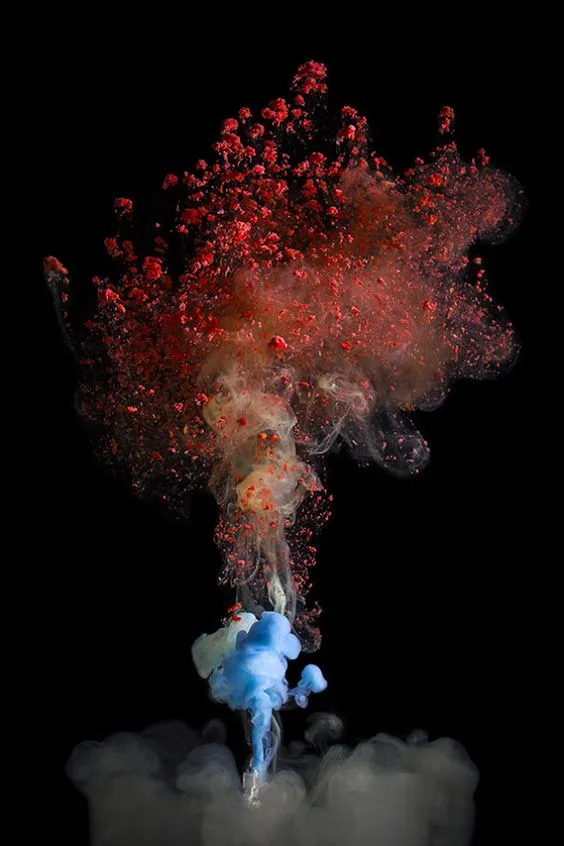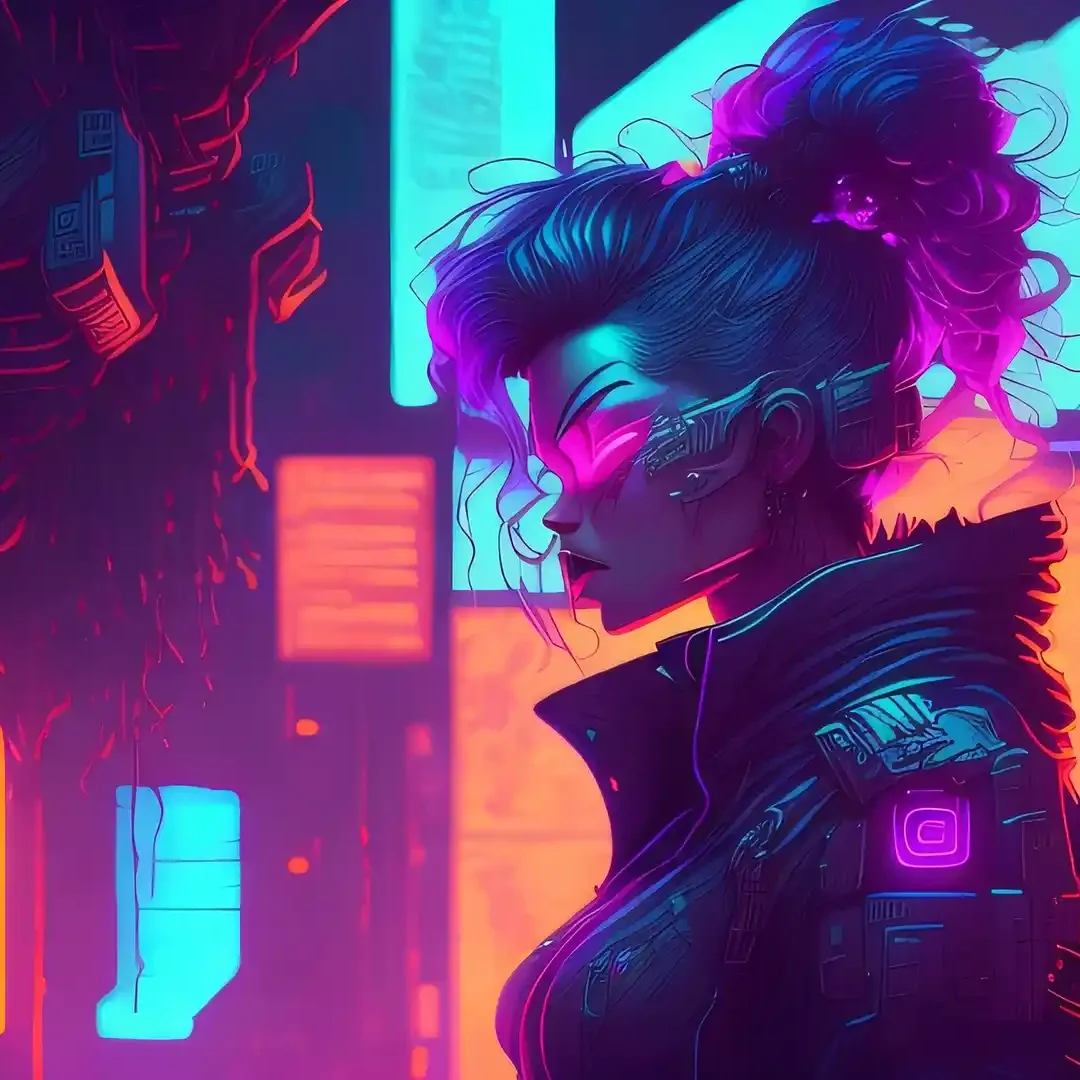
VFX Simulation
At Northern School of Animation, dive into VFX simulation where creativity meets technology. Learn to craft immersive experiences through dynamic simulations of natural phenomena and dynamic events. Our industry-focused program equips you with the skills and tools needed to excel in visual effects. With hands-on training and expert guidance, unleash your potential to create stunning visual narratives. Join us and embark on a journey where imagination knows no bounds.
Curriculum Highlights
Introduction to VFX and Simulation:
- Overview of VFX industry and its applications.
- Introduction to simulation techniques and their importance in VFX.
- Understanding the role of simulations in creating realistic effects.
Physics for VFX:
- Basic principles of physics relevant to VFX simulation (e.g., dynamics, fluid mechanics, aerodynamics).
- Introduction to mathematical concepts used in simulation algorithms.
3D Modeling and Animation:
- Basics of 3D modeling software (such as Autodesk Maya or Blender).
- Techniques for creating and animating 3D objects and characters.
- Rigging and skinning for character animation.
Particle Systems:
- Introduction to particle-based simulations.
- Creating effects like fire, smoke, explosions, and sparks using particle systems.
- Controlling particle behavior and properties.
Fluid Simulation:
- Fundamentals of fluid dynamics.
- Simulating liquids, gases, and other fluid phenomena.
- Techniques for achieving realistic fluid behavior in simulations.
Cloth Simulation:
- Simulating cloth and fabric behavior.
- Understanding cloth properties such as elasticity and stiffness.
- Techniques for animating and simulating clothing on characters.
Rigid Body Dynamics:
- Simulating rigid objects and their interactions.
- Understanding collisions, constraints, and forces in rigid body simulations.
- Creating destruction effects and physics-based animation.
Advanced Simulation Techniques:
- Combining different simulation methods for complex effects.
- Optimization and performance considerations in simulations.
- Case studies of advanced VFX sequences from films and games.
Integration with Rendering and Compositing:
- Rendering simulations for final output.
- Techniques for integrating simulated elements into live-action footage.
- Compositing simulated effects with other visual elements.
- Building a portfolio of simulation work.
- Collaboration on larger-scale projects to simulate complex scenes.
Industry Insights and Trends:
- Guest lectures from industry professionals.
- Discussion of current trends and emerging technologies in VFX and simulation.
- Career opportunities and pathways in the VFX industry.
Final Showcase:
- Presentation of student projects.
- Feedback and critique sessions.
- Reflection on learning outcomes and future directions.


Career opportunities:
Graduates of the VFX Simulation course at the Northern School of Animation are prepared for a variety of exciting career opportunities, including:
Simulation Artist
Technical Director (TD)
Effects Animator
Simulation Supervisor
Compositor
Research and Development (R&D)
Virtual Reality (VR) and Augmented Reality (AR)
Simulation Software Development
Get In Touch with us
Unlock Your Animation Potential and Start your Animation Journey Now!
